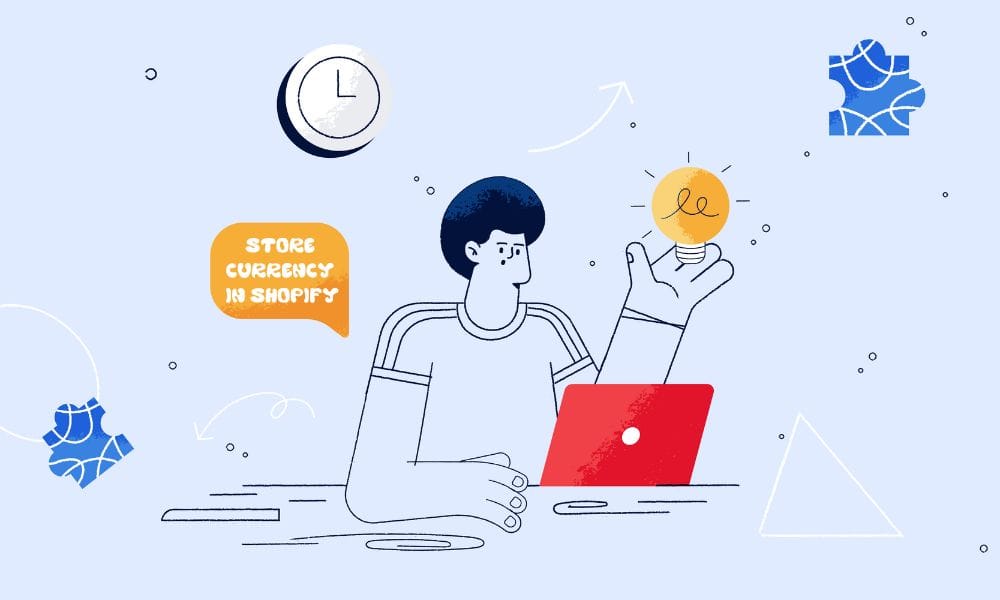If your Shopify store has been running on the same theme for 4-5 years, you might be sitting on a hidden cost that’s silently eating into your growth potential. The problem isn’t necessarily how your store looks—it’s how fast your team can move.
The Hidden Cost of Theme Age
Most store owners focus on visible metrics: conversion rates, average order value, customer acquisition costs. But there’s another metric that rarely gets tracked: how long it takes to implement changes.
When your theme is fresh, updating a product page layout might take a few hours. Fast forward several years, and that same change could take days. Why? Because over time:
- Quick fixes accumulate into technical debt
- Custom code gets layered on top of custom code
- Page weight creeps up, slowing load times
- Layouts drift further from your original brand vision
- What used to be simple becomes unnecessarily complex
This isn’t a reflection on you or your team. It’s the natural lifecycle of digital infrastructure. Every “quick fix” makes logical sense in the moment—but collectively, they compound into friction.
When Your Storefront Becomes a Drag on Growth
The clearest sign you need a theme refresh isn’t broken functionality. It’s when experimentation slows down.
Think about the last few times you wanted to test something new:
- A different product page layout to improve conversions
- Updated imagery to reflect your evolved brand
- New sections to showcase customer reviews
- Mobile-specific improvements based on analytics
If these changes took longer than expected, required developer help for “simple” updates, or got pushed to the backlog because they felt too heavy—that’s your signal.
Your storefront should be an engine for testing and learning, not a bottleneck.
Re-Theming as a Reset Button
Upgrading to a newer version of your current theme, or switching to a new theme entirely, isn’t just about aesthetics. It’s about resetting your iteration velocity.
A theme refresh gives you:
A cleaner foundation – Start with modern, well-structured code instead of years of patches
More predictable performance – Remove accumulated page weight and outdated scripts
Less legacy logic – Stop working around old customizations that made sense years ago but don’t anymore
Faster shipping loops – Get back to launching experiments in hours, not days
Think of it like moving from a house you’ve renovated seventeen times to a newly built home. Yes, the old house works. But the new one is designed for how you actually live now.
Is Your Theme Age Holding Back Revenue?
If your revenue has plateaued and running experiments feels slow, the issue might not be your products or your marketing budget.
It might be that your 4-year-old theme has become a weight on your ability to test, learn, and iterate.
Ask yourself:
- How long does a “simple” layout change actually take?
- When was the last time we felt confident making updates without worrying about breaking something?
- Are we avoiding experiments because implementation feels too heavy?
If those questions make you uncomfortable, it’s worth having a conversation about re-theming.
Making the Case for a Theme Refresh
The conversation around re-theming often focuses on the wrong thing: cost. “We can’t afford to rebuild the storefront right now.”
But the real question is: can you afford to keep moving this slowly?
Calculate what experimentation slowdown is actually costing you:
- Revenue lost from tests that didn’t run because they felt too complex
- Team time spent working around old code instead of testing new ideas
- Competitive advantage lost while faster-moving brands iterate past you
A theme refresh isn’t an expense. It’s an investment in your team’s ability to move fast again.
Upgrading vs. Switching Themes
You have two paths:
Upgrade to the latest version of your current theme – If you like your theme but it’s several versions behind, upgrading can clear out accumulated technical debt while keeping familiar structures.
Switch to a new theme entirely – If your current theme no longer fits your brand direction, or if newer themes offer better functionality, a full switch might make sense.
Both approaches work. The key is choosing based on where you want to go, not just where you’ve been.
The Bottom Line
Your Shopify theme isn’t just a visual layer. It’s the infrastructure that determines how fast you can test ideas, respond to customer feedback, and evolve your brand.
If your theme is 4-5 years old and changes that used to be simple now feel heavy—that’s not normal wear and tear. That’s a signal that your infrastructure needs a refresh.
Re-theming isn’t about chasing the latest design trends. It’s about removing friction from experimentation so your team can get back to growing the business.
If revenue growth has stalled and your storefront feels slow, the fastest path forward might actually be going back to a cleaner foundation.
Ready to discuss a theme refresh for your Shopify store? Let’s talk about whether upgrading or switching makes sense for your specific situation.



